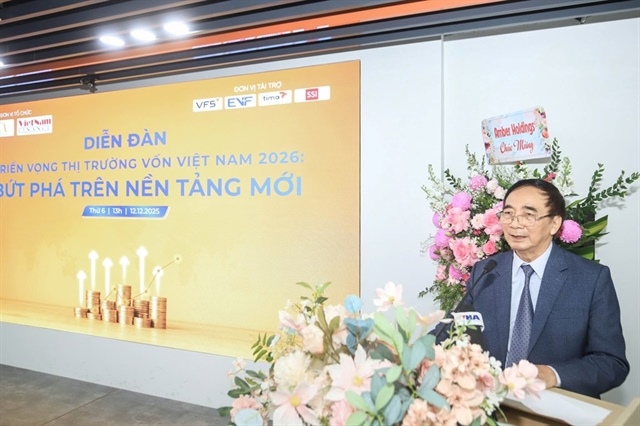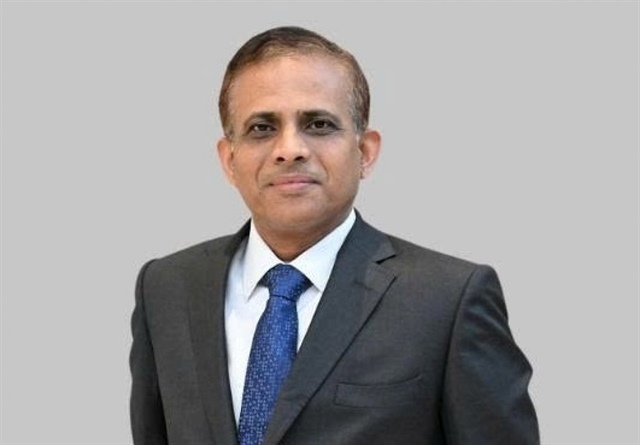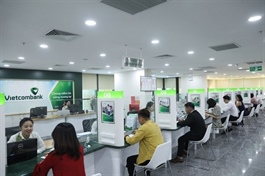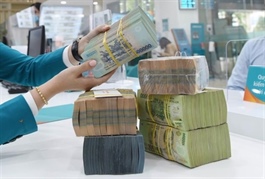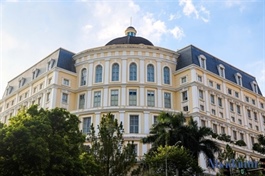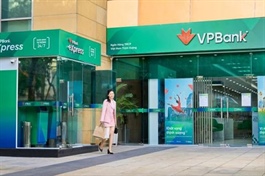Central bank policies will address modest slowdown
Central bank policies will address modest slowdown
The global economy currently presents a complex landscape, marked by both challenges and opportunities. From the modest slowdown in global growth to the burgeoning economic sectors in various regions, the picture is as varied as it is interconnected.

The global growth rate for 2024 is projected at approximately 2.9 per cent, a slight decrease from the 3.1 per cent observed last year. This trend indicates a modest slowdown, yet it’s important to note that the economy remains above the recessionary threshold, typically marked by growth rates below 2 per cent.
In the United States, we predict that the economy is poised for a soft landing, with a projected growth rate of 1.8 per cent, down from the previous year’s 2.5 per cent.
Particularly, this deceleration is attributed to the US Federal Reserve’s recent rate hikes, which have impacted both businesses and consumers, coupled with a softer labour market. However, with subsiding inflation, we expect that the Fed is likely to cut interest rates, potentially totalling 100 basis points, to foster economic stability.
The US dollar has seen significant appreciation, about 7-8 per cent against major currencies, since the end of 2001. This strength is partially attributed to the Fed’s aggressive rate hikes. With the expected rate cuts, however, the dollar’s dominance may soon reach its peak.
Meanwhile, China’s economy is projected to grow at 4.8 per cent this year, a deceleration from last year’s 5.2 per cent. Factors contributing to this slowdown include soft domestic confidence and a sluggish real estate market. Despite these challenges, certain sectors like electric vehicles and renewable energy, alongside urban renewal and infrastructure projects, are showing potential for robust growth.
The ASEAN region is forecasted to experience a growth rate of 5 per cent in 2024, an increase from the previous year’s 4.3 per cent. This growth is primarily driven by exports, especially in electronics, and strong domestic activity.
Remarkably, the region has attracted 17.2 per cent of global foreign direct investment (FDI), despite accounting for less than 4 per cent of the global GDP, a testament to its growing economic significance.
Turning to Vietnam, there’s a robustly positive outlook on its economy, consistent with the trends observed in the broader ASEAN region. However, caution is advised in the first half of the year due to global uncertainties. Vietnam is expected to see growth rates of 6.2 per cent in the first half, improving to 6.9 per cent in the latter half, with an overall annual growth of around 6.7 per cent.
In terms of monetary policy, the State Bank of Vietnam is likely to maintain lower interest rates initially, with a potential increase in the latter half of the year as inflationary pressures emerge.
On the FDI front, Vietnam has experienced a noticeable rise, with a focus on attracting high-quality, sustainable investments. The diversification of FDI, including increased investments from China, underscores Vietnam’s growing appeal in the global investment community.
Competition for FDI is inevitable and constant. Each country offers unique incentives to attract foreign investment. Vietnam’s success in this regard is evident – it has become the largest exporter in the ASEAN region, which in turn is the third-largest exporter globally.
This achievement underscores the need for Vietnam to be selective in pursuing FDI, focusing on quality over quantity. However, we believe that Vietnam is still in a strong position to draw in high-quality investment, given its robust growth rates exceeding 5 per cent.
The key lies in diversification – not just in expanding existing sectors, but in branching out into new ones. This approach is critical for Vietnam to remain competitive in the face of increasing investment relocation, particularly from China.
The concept of diversification extends beyond sectoral expansion. It also encompasses the types of investments being pursued. Vietnam’s focus should be on attracting investments that align with its long-term strategic goals, emphasising quality and sustainability. This approach will benefit Vietnam’s economy and contribute positively to global economic dynamics.
Recent interactions between Vietnamese finance officials and US investors have highlighted Vietnam’s expanding influence and recognition beyond the Asian continent. This global attention is mirrored in the growing interest from equity investors, who are increasingly keen on opportunities in Vietnam’s stock exchange market.
Such interest underscores Vietnam’s potential as a multifaceted investment destination, appealing to a broad spectrum of international investors. The sentiment among investors towards Vietnam remains positive, buoyed by strong government support and favourable economic fundamentals. The country’s strategic position in the China+1 strategy places it as a top choice for diversification for many global companies.
Looking ahead, Vietnam’s focus on attracting diversified, high-quality investment is seen as not just beneficial for the country but also a positive move for the global economy.


